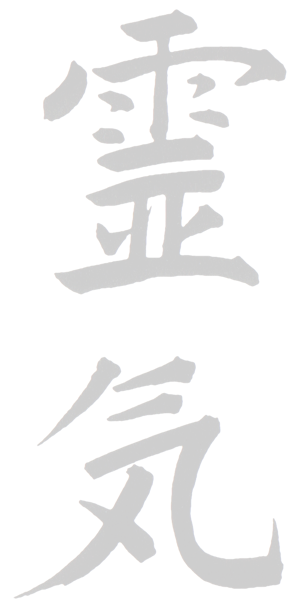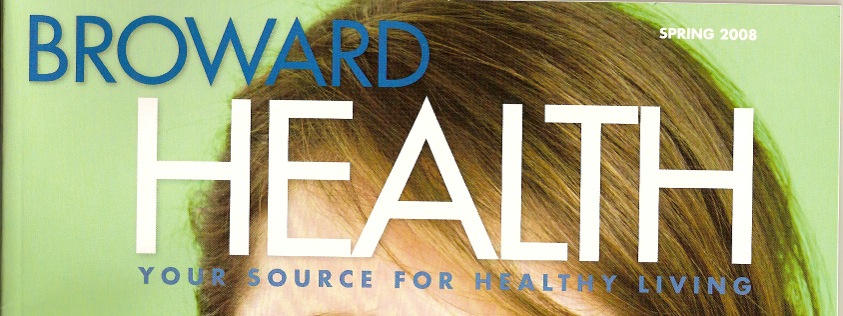By GEOFF WILLIAMS
From massage, Reiki and Healing Touch to hypnotherapy, a range of complementary modalities are available to give patients more options for handling health concerns.
Medicine has always been about embracing new techniques, but change is often resisted when treating a patient who is sick and the stakes are high. That may be why the phrase “alternative medicine” used to make people nervous. Today that treatment is more often called complementary or integrative medicine. It enhances and adds to mainstream medical practices – it doesn’t replace them.
Since the 1990’s, Imperial Point Medical Center has offered a rich and varied combination of conventional and complementary therapies and services. Here’s a sampling of some of the complementary modalities you can find in the Healing Arts department at Imperial Point, their benefits and the practitioners who offer them at the hospital.
REIKI HEALING
In the words of the Healing Arts Reiki Master, Scott Friedman, this therapy “is the universal life energy that flows through every living thing. It is simple to receive, learn and use. There’s no belief system necessary, and it’s compatible with other modalities.”
Reiki can be utilized as a self-help technique, as a therapy adjunct to preventative medical care, stress management, relief of tension and pain, as well as to promote specific healing. It works well in conjunction with modern medicine and is not intended to replace current medical treatment.
Friedman adds, “We’re born with the tools necessary to become a healing channel. Reiki works on the chakras to remove blockages. People report that they fell the difference spiritually as well as physically. Reiki may also speed up the healing process.” Chakra is a Sanskrit word and it refers to one of the seven activity centers in the body that assimilates or express life force energy.
MASSAGE THERAPY
Dating back some 3,000 years, massage today is an accepted part of many physical rehabilitation programs because it eases the pain of chronic conditions like low back pain, arthritis, bursitis and depression. Therapeutic massage also lowers your stress level, helps you think more clearly and sharply, allows heart rate, blood pressure and circulation to return to normal, strengthens the immune system, helps you sleep better and improves skin tone.
“The type of massage I do most often is a combination of Swedish massage (gentile and soothing), deep-tissue massage (deep-muscle work to release tight muscles and knots) and Reiki (energy healing),” says Kathy Lee, LMT, who adds that most clients come from within the community. She also treats hospital employees and people who are being treated in physical therapy.
Other massage services offered are lymphatic drainage for chronic fatigue; scar tissue release; swelling or detoxing the body; craniosacral therapy for migraines, TMJ and PTSD; hot-stone therapy; and pre- and post-natal massage.
HEALING TOUCH
Healing Touch is a relaxing, nurturing energy therapy utilizing gentle touch to clear, balance and energize the human energy biofield to promote healing for mind, body, emotions and spirit. According to Marcia Gill, R.N., C.H.T.P., a Certified Healing Touch Practitioner, Healing Touch can help with anxiety, stress, arthritis, back and neck problems and healing with the side effects of chemotherapy and radiation in cancer patients. It assists clients with chronic fatigue syndrome, migraines, heart disease, lung disease, high blood pressure, multiple sclerosis, wound healing and many other conditions. “It’s important for clients to understand that this is a modality that assists them to heal,” says Gill.
“In addition,” says Gill, “at Imperial Point hospital we have a program in which we use Healing Touch before and after surgery. In my own practice, I have business clients who utilize it to keep balanced and improve mental clarity and focus for their work. Healing Touch is intended to be complementary to standard medical treatment and can enhance whatever therapies are prescribed,” she explains. It is utilized in many hospitals across the country and throughout the world.
HYPNOTHERAPY
Hypnosis is designed to “let go of emotional garbage that is holding people back in life,” says hypnotherapist Sean Warden. He has an impressive success rate. Warden estimates that he has helped almost 80 percent of his smoking clients become nonsmokers. For those burdened with fear or trauma, he maintains a mid-to-high 90 percent success rate. For weight loss, he admits he’s less successful because food issues are trickier. “With cigarettes, you don’t have to live with them to survive. With food, you do,” observes Warden.
As for battling fears that have plagued patients their entire lives, Warden works with the patients’ subconscious to arrange how they’re attached to these various issues. “All hypnosis is a state of mind,” says Warden. “It’s a particular brain wave pattern that’s similar to daydreaming, being in a trance, meditation, listening to music, watching TV or being absorbed in a good book. That’s a hypnotic state.”
It’s in the subconscious where the work is done as Warden “guides” you into the hypnotic state. “We’re not trying to figure out your problems,” he adds. “we’re trying to take you into a place in your own mind where you can find the answers as to how you can resolve and mentally rearrange things to achieve the changes you want.”
Ultimately, the hypnotist, explains Warden, is just a guide; the client does the actual steering. “Above all, we want you to heal. It’s the same thing with our mind. It wants to heal and sometimes all it needs is a good guide.”




Follow Us!